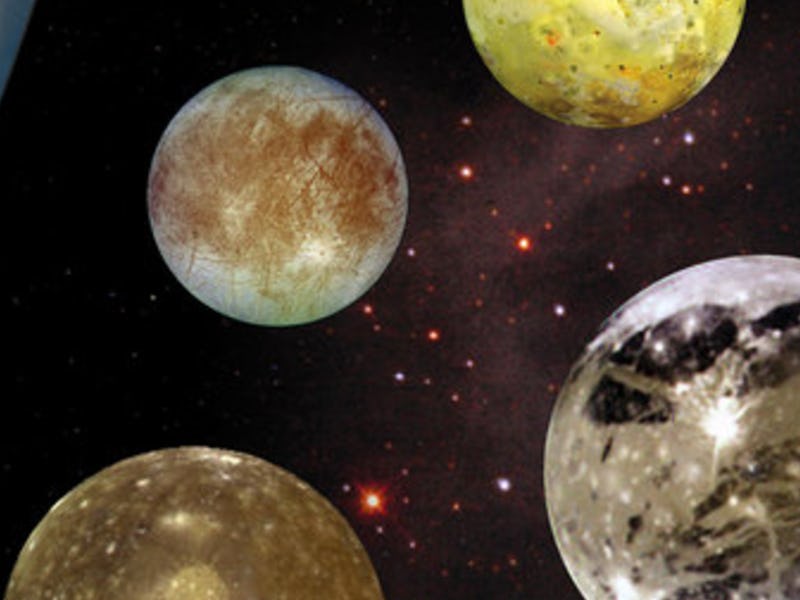In September, NASA reported that Europa is a squirter with the habit of releasing plumes of water vapor off its surface. This was excellent news to scientist who hope to find extraterrestrial life in the waters of the icy moon — studying a burst of water on the moon’s surface would be a lot easier than attempting to get a sample below.
But in late December, NASA released some doldrum news: ultraviolet imaging revealed that Europa released way less water than previously thought. The moon is surrounded by volcano-produced gas, which severely limits the amount of oxygen. Limited oxygen means a limited chance that Europa is spitting out regular vapor.
Today, scientists are back to the drawing board to determine how to get a sample of Europa’s water for examination. And the most promising scenario is something straight out of Armageddon — scientists may have to bring out the drills.
“We have to go down, beneath the surface,” planetary scientist Britney Schmidt told Space.com. “People want us to drill into Europa and find fish. But right now, this is not realistic — the hope is to land there and detect biogenic molecules, the molecules essential for life.”
This scenario is looking less than likely.
Schmidt believes that most pristine samples lay beneath the moon’s crust. She said that a drill will have to go at least 10 centimeters in. The farther the drill goes, the better the sample will be.
This is predominantly because scientists are concerned that the thrusters of a Europa lander will contaminate the immediate surface of moon and damage the sample. In August, planetary scientist Ralph Lorenz released a paper arguing that a 440-pound spacecraft could disturb up to 30 feet of surface surrounding it. That means that extraterrestrial life could be destroyed before it could even be captured and sampled.
Scientists have less than a decade to figure out the best way to find life on Europa — NASA plans on sending a lander sometime in the 2020s to the moon that, says NASA directorate John Grunsfeld, could answer “one of humanity’s most profound questions.”
Life may very well lay in the subsurface ocean of Europa. Scientists just have to figure out how to get to it.
